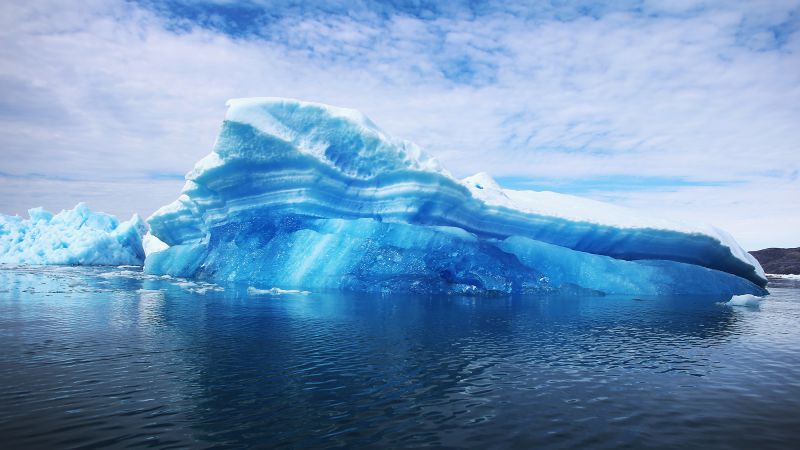The Earth underwent a significant transformation more than 500 million years ago during a period characterized by frigid temperatures, known as the Neoproterozoic Era. This era, often referred to as “Snowball Earth,” spanned from approximately 1 billion to 543 million years ago and saw enormous glaciers moving across the planet’s surface. A recent study emphasizes that these massive ice sheets played a pivotal role in preparing the Earth for complex life by transporting essential minerals from the land into the oceans. The findings suggest that as glaciers carved their way toward an icy sea, they scraped and eroded the earthy crust, ultimately leading to the eventual release of these minerals when the glaciers melted.
The research highlights how the movement of glaciers effectively acted as a “glacial broom,” which not only altered the ocean’s chemistry but also enriched it with vital nutrients necessary for life. This influx of minerals is believed to have directly influenced the evolutionary pathways of complex organisms, paving the way for life as we recognize it today. As the planet shifted from an icy state to one filled with diverse marine creatures, the geological processes initiated by glaciers became foundational to the emergence of life beyond simple microorganisms.
Furthermore, the glaciation period saw the consolidation of landmasses into a supercontinent known as Rodinia, which later fragmented. By the conclusion of the Snowball Earth period, marine ecosystems experienced a surge of complexity, exhibiting the first instances of creatures bearing shells and armor. Scientists have previously attributed this explosion of life forms to the rise of atmospheric oxygen levels and nutrient availability; however, recent findings published in the journal *Geology* now suggest that ancient glaciers played a more direct role in driving these chemical changes.
Dr. Chris Kirkland, the lead author of the study, emphasizes that exploring the Earth’s deep history can offer valuable insights into contemporary climate issues. The urgency of addressing anthropogenic climate change is underscored by the contrast between ancient natural processes and the current rapid warming trend instigated by human activities. The study highlights how different elements of the Earth’s system are interconnected, suggesting that interventions in one area will reverberate throughout others, further complicating efforts to manage climate change.
A pivotal aspect of understanding ancient glacial movements involves examining regions in Scotland and Northern Ireland, where researchers studied sediments in rock formations from the Neoproterozoic. Their investigation focused on zircons, robust minerals that can provide chronological context through their uranium content. The analysis revealed that the mineral composition of sediments from the Snowball Earth significantly differed from that of the sediments formed during warmer periods. The distinctive patterns identified in these mineral populations indicated that glaciers were indeed dynamic, contributing to the erosion and movement of geological materials.
Despite the compelling evidence presented, the academic community remains cautious about establishing a direct link between ancient glacial activities and the rise of complex life. Dr. Graham Shields, a geology professor at University College London, noted that while the findings support the idea of active glaciation, skepticism remains due to gaps in data from critical intervals like the Marinoan, which marks the end of the Snowball Earth. Additionally, the connection between glacial erosion and the emergence of complex marine animals is still debated, with some experts arguing that prior assumptions lack definitive explanations.
In conclusion, the evidence gathered signals that the glaciers of the Neoproterozoic were likely not only stationary but also integral to the Earth’s long-term chemical evolution. The ongoing study of ancient glaciation offers insights relevant to our current climate crisis. A better understanding of how historical glacial movements affected chemical cycles and nutrient flows is crucial for grasping how similar processes may play out in modern contexts. Ultimately, as climate change accelerates at an unprecedented rate, the lessons derived from our planet’s distant past may equip us with the knowledge needed to navigate an uncertain future.












